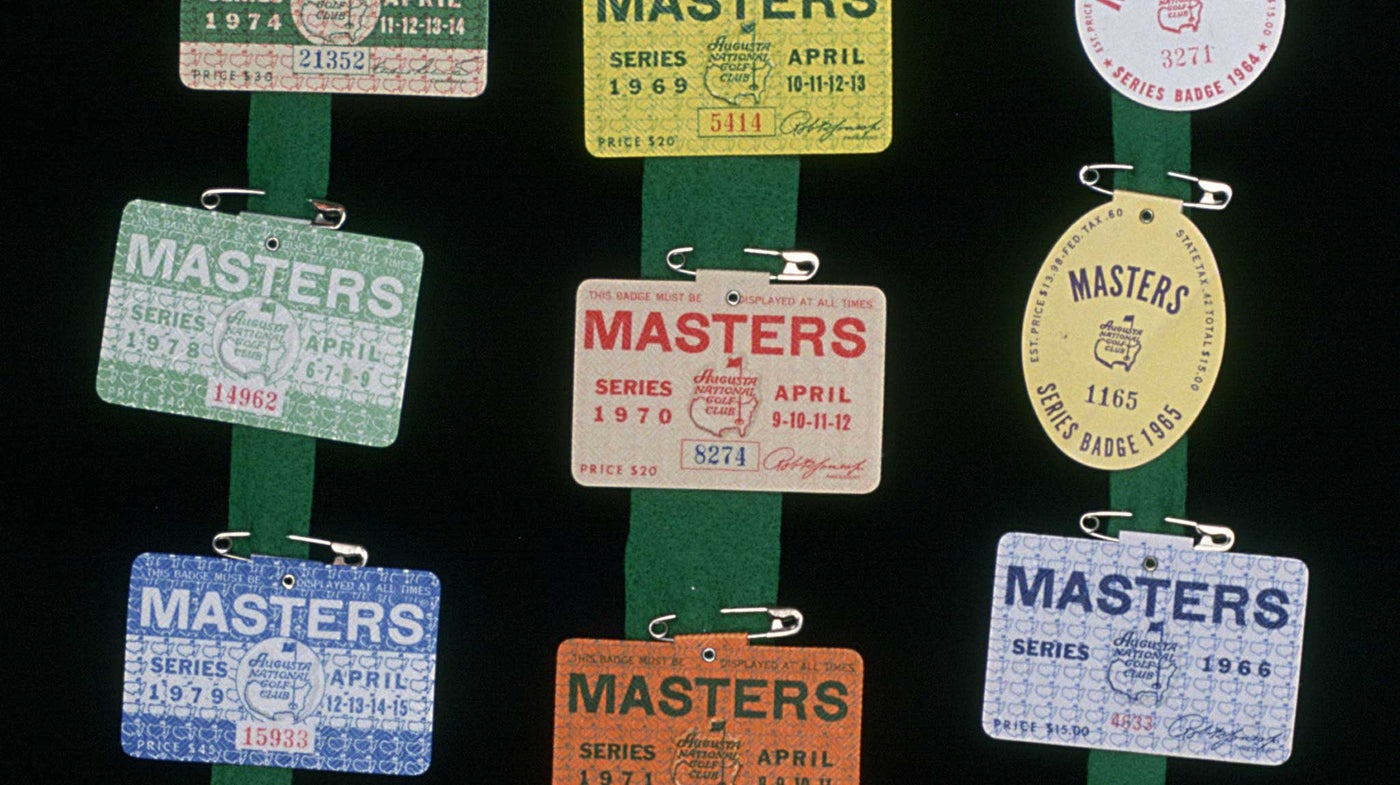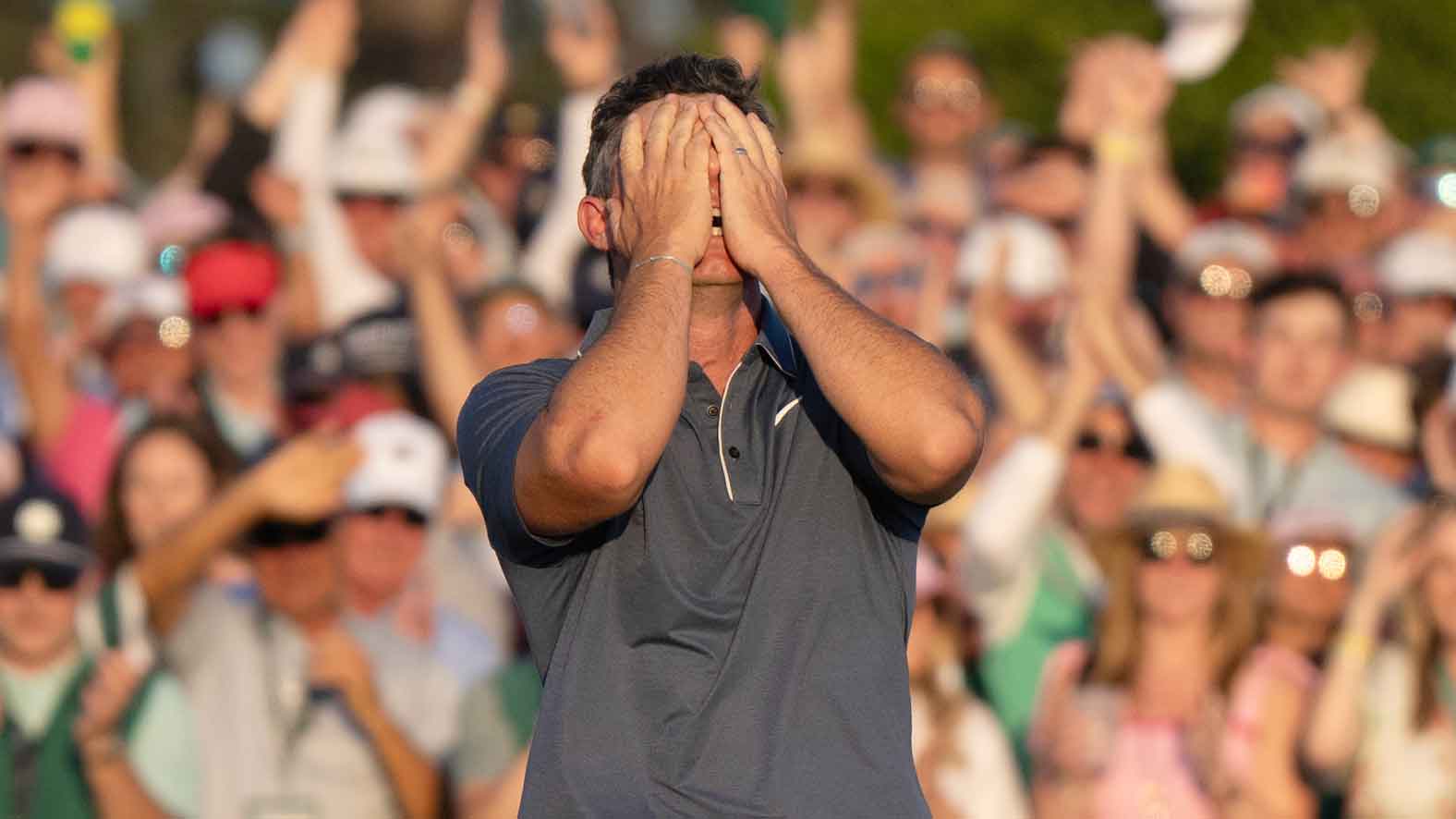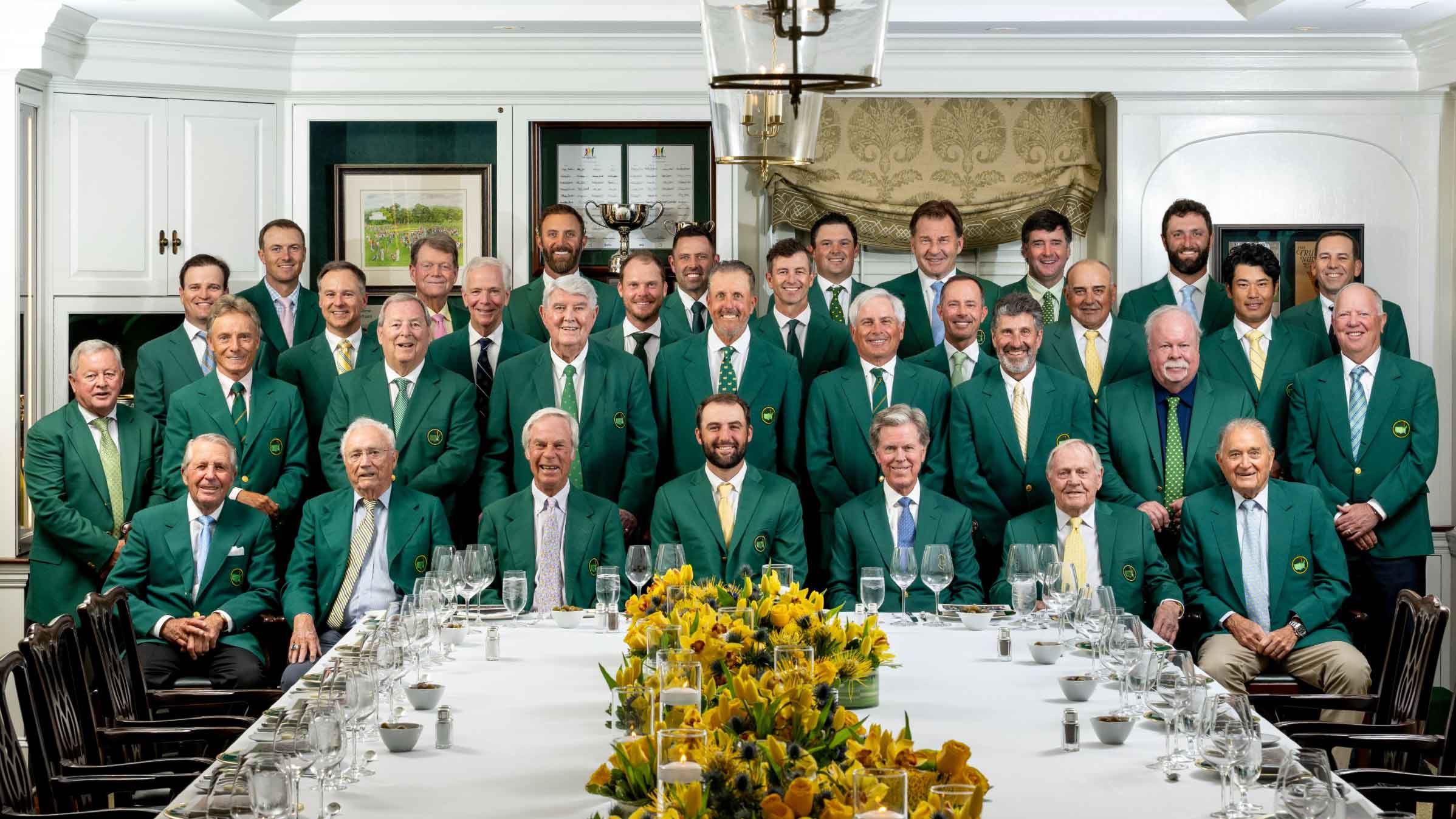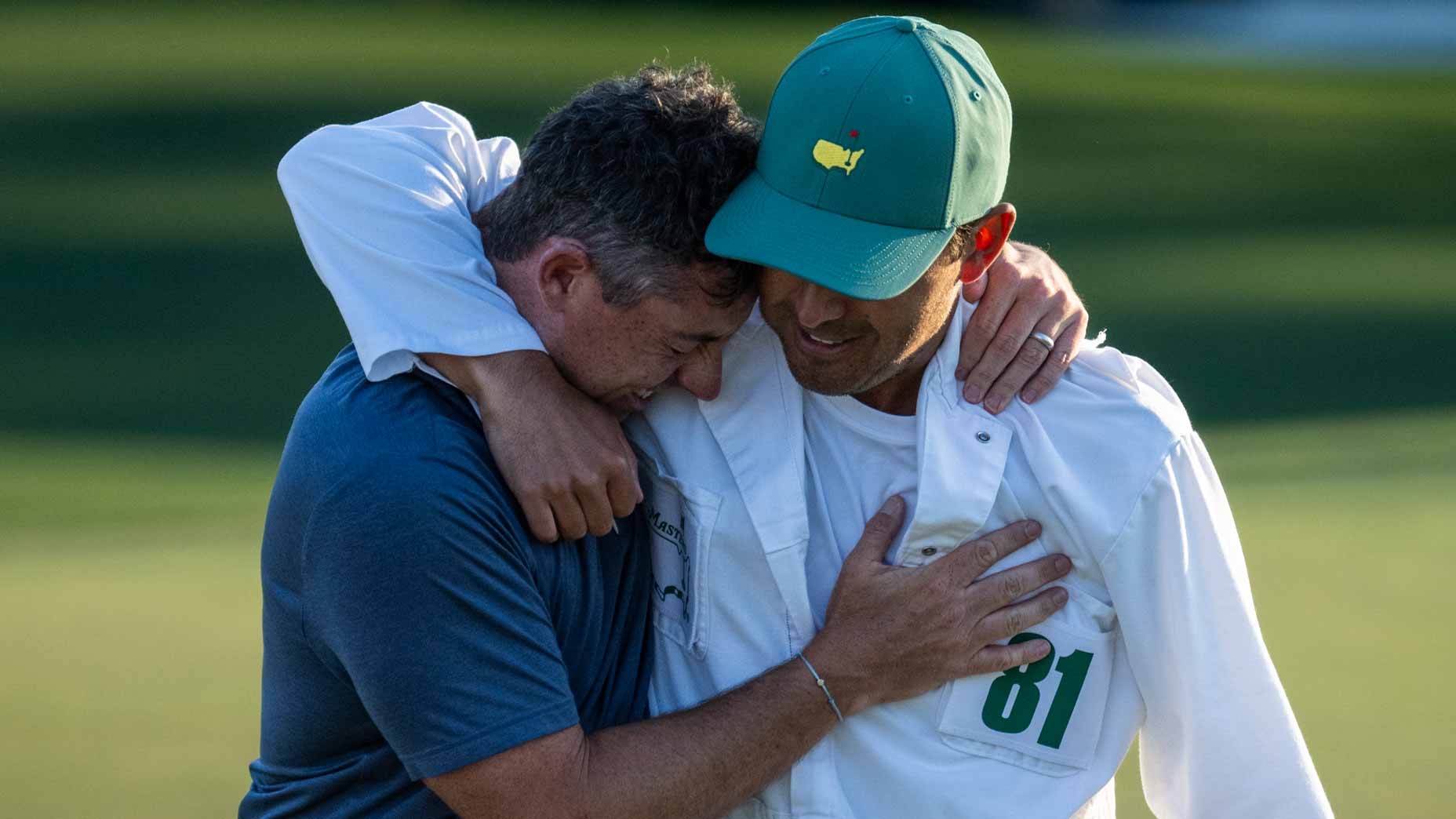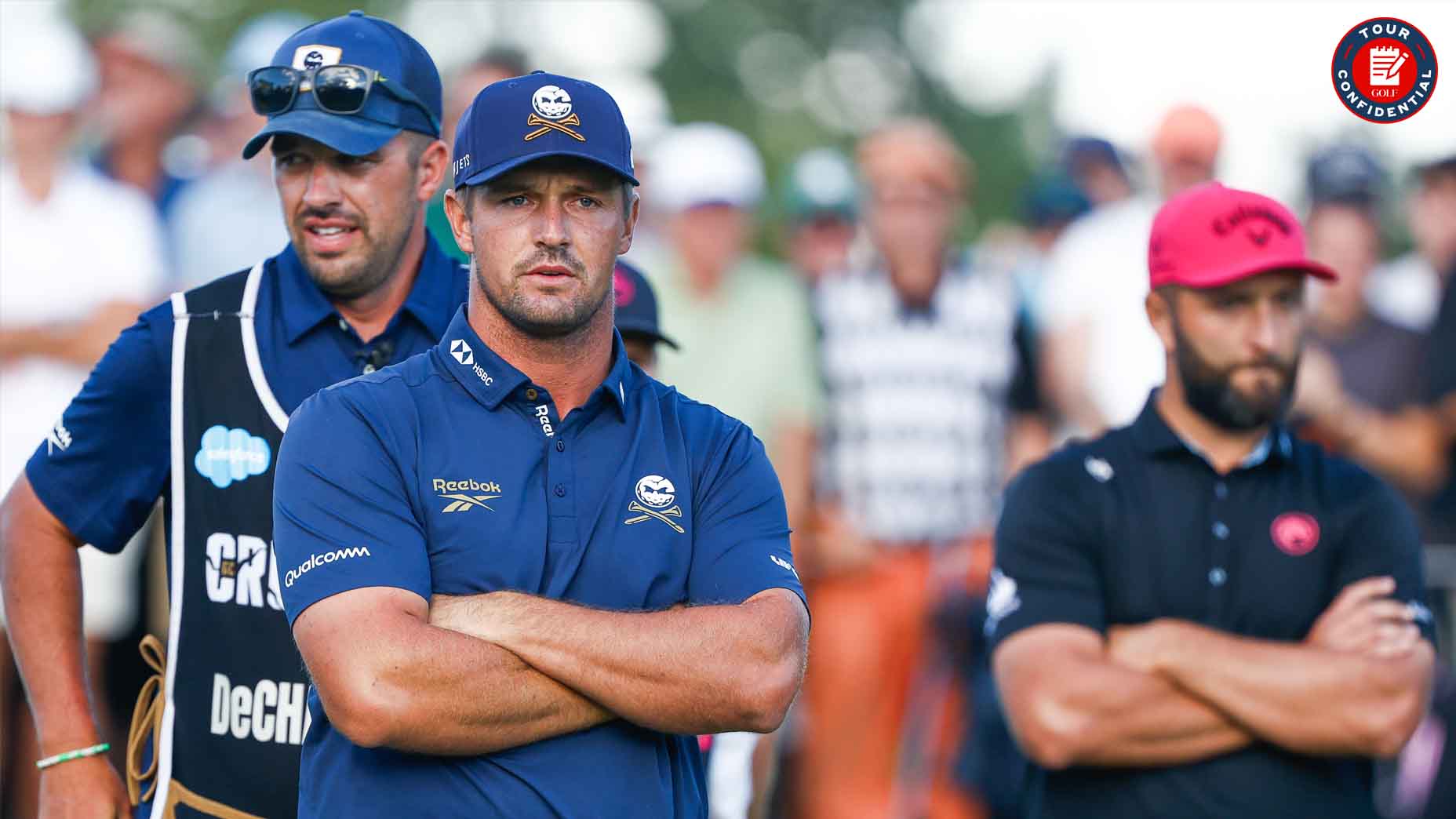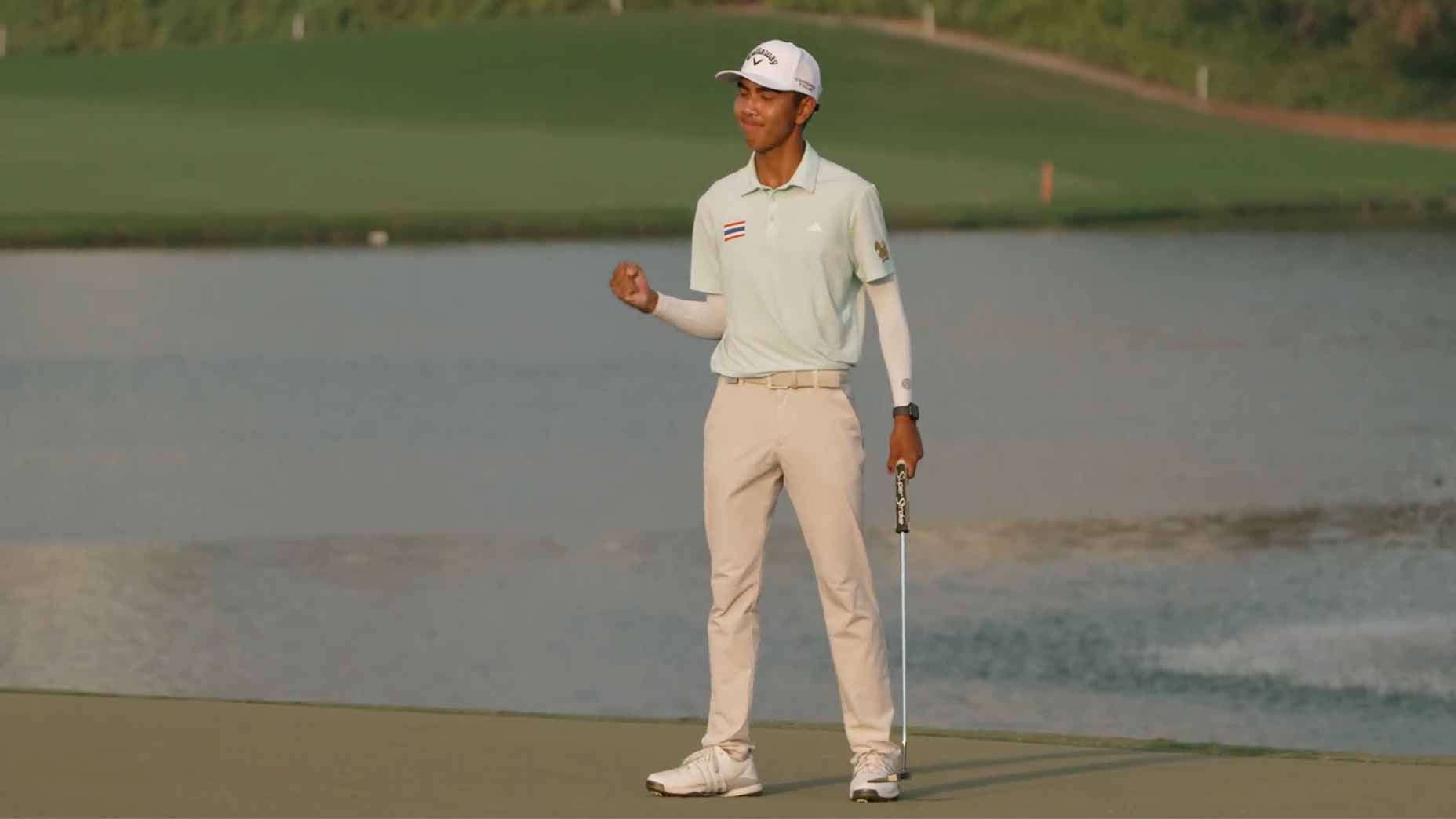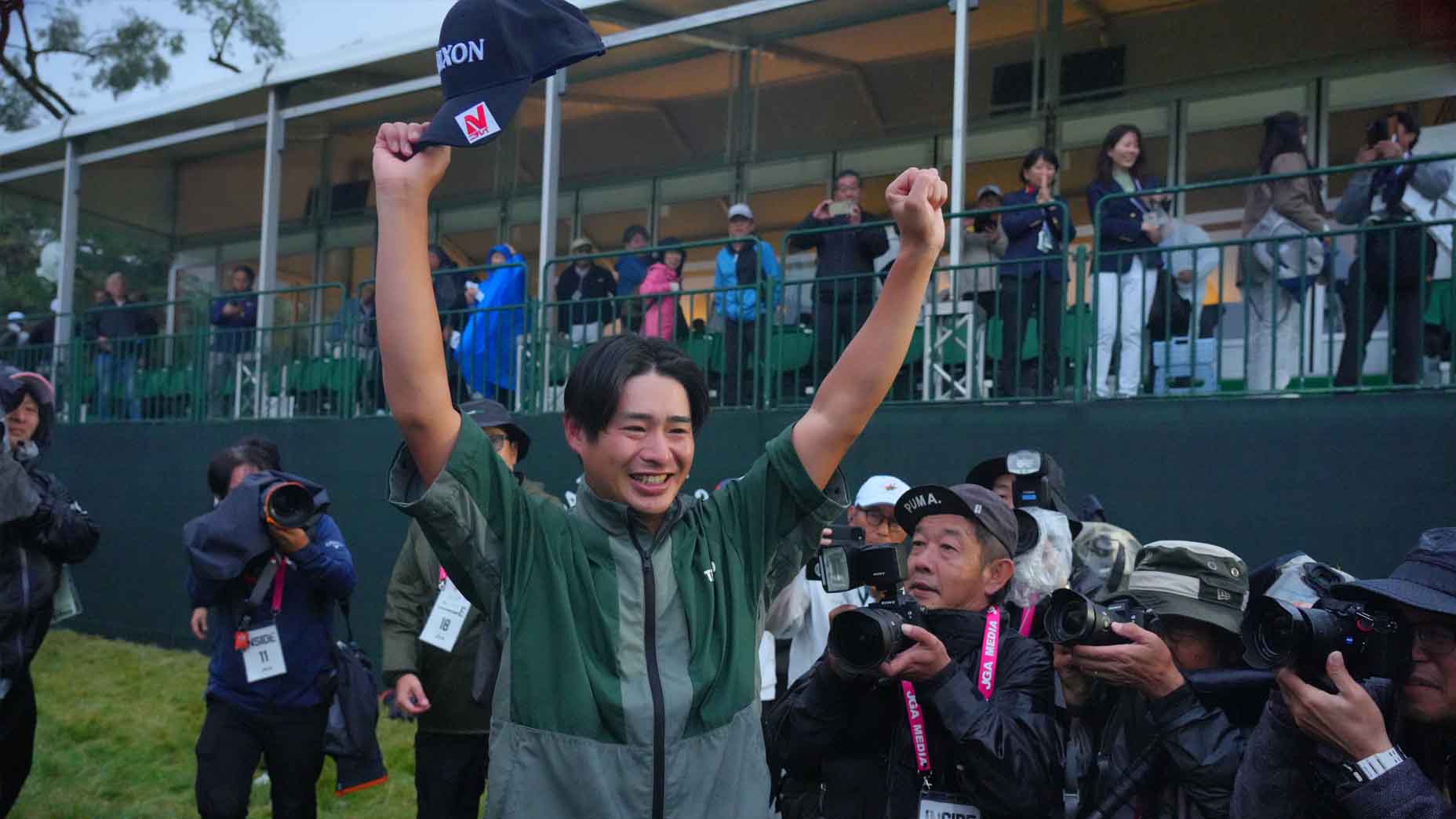In 1945, William Morris Jr. bought a controlling interest in the oldest continuously published newspaper in the South, The Augusta Chronicle. Morris did not play golf and didn’t particularly care for it. But every year his door in the News Building on downtown’s Broad Street was darkened by a familiar figure from the Augusta National Golf Club begging for support.
Jerry Franklin was an original member at Bobby Jones’ golf club off Washington Road. He would eventually outlive all of his fellow charter members — he was the only one left to attend the plaque dedication after co-founder Clifford Roberts’ death in 1977. When the club decided for financial reasons that it needed to continue playing host to the Masters Tournament after its three-year hiatus during World War II, Franklin served as door-to-door salesman at local businesses trying to drum up funds.
“I want you to buy 20 tickets,” Franklin would say to the local paper’s publisher.
“What am I gonna do with 20 tickets?” Morris asked in return.
“Bill, we need you to support the tournament,” Franklin pleaded with a whiff of desperation. “Buy the tickets, give them to employees or advertisers or clients. But please support the tournament.”
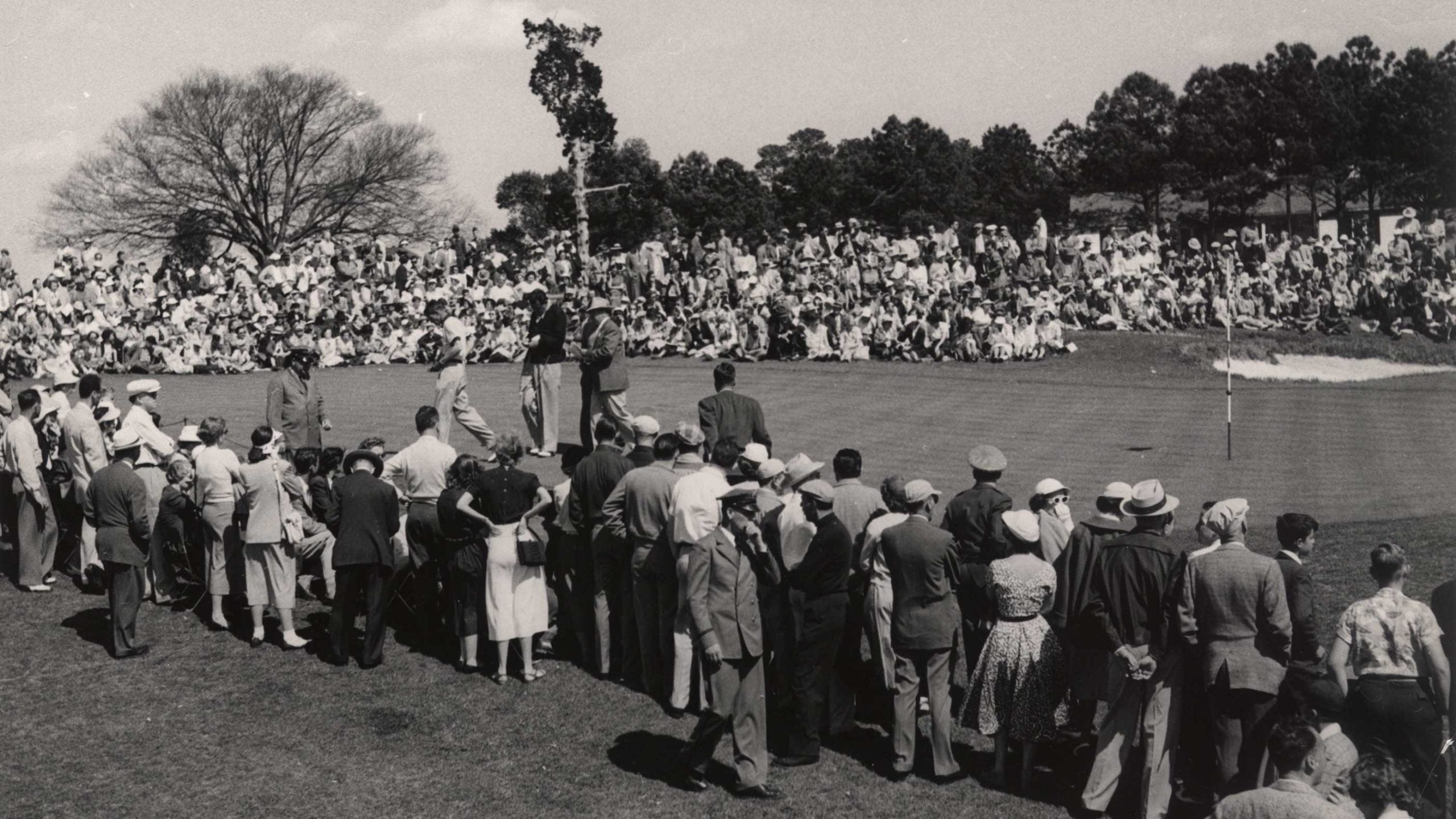
Some version of that story repeated all over town every spring at car dealerships, department stores and other local retailers — the number of the ticket requests varying from business to business and year to year.
“That’s how hard it was in the early days because they didn’t have money and didn’t yet have television,” said William S. “Billy” Morris III, who took over from his father as publisher of the Chronicle and in 1966 was put up for membership at Augusta National by Jerry Franklin. “I’ve always remembered that story and gotten a kick out of it.”
It’s hard to imagine Augusta National being financially desperate and unable to market the Masters beyond the local community. Augusta has become synonymous for golf and the Masters today is the most coveted sports ticket in the world, with a largely closed roster of annual patrons carefully hoarding their access and a lottery that draws millions from around the world seeking a chance to attend a practice or tournament round. A ticket for one day commands thousands of dollars on the secondary market — even when access isn’t limited to a chosen few by a global pandemic.
It’s hard to imagine Augusta National being financially desperate and unable to market the Masters.
Augusta National wasn’t always so flush with cash that it could buy adjacent neighborhoods and businesses to raze for a parking lot. The club was so broke when it opened during the Depression in 1933 — “the Augusta National is embarrassed” Roberts wrote in a letter to creditors — that it couldn’t even pay Augusta Grocery Co. for its toilet paper.
Many of the grand plans Roberts and Jones had for the club went bust. Roberts wanted a diverse membership to be 1,800, with the collection of dues (a $350 initiation fee, plus dues of $60 a year and $15 extra for wives and children) and selling of home sites used to launch the construction process. In the three Depression years before the first Masters in 1934 (then known as the Augusta National Invitation Tournament), only 76 male members were on board.
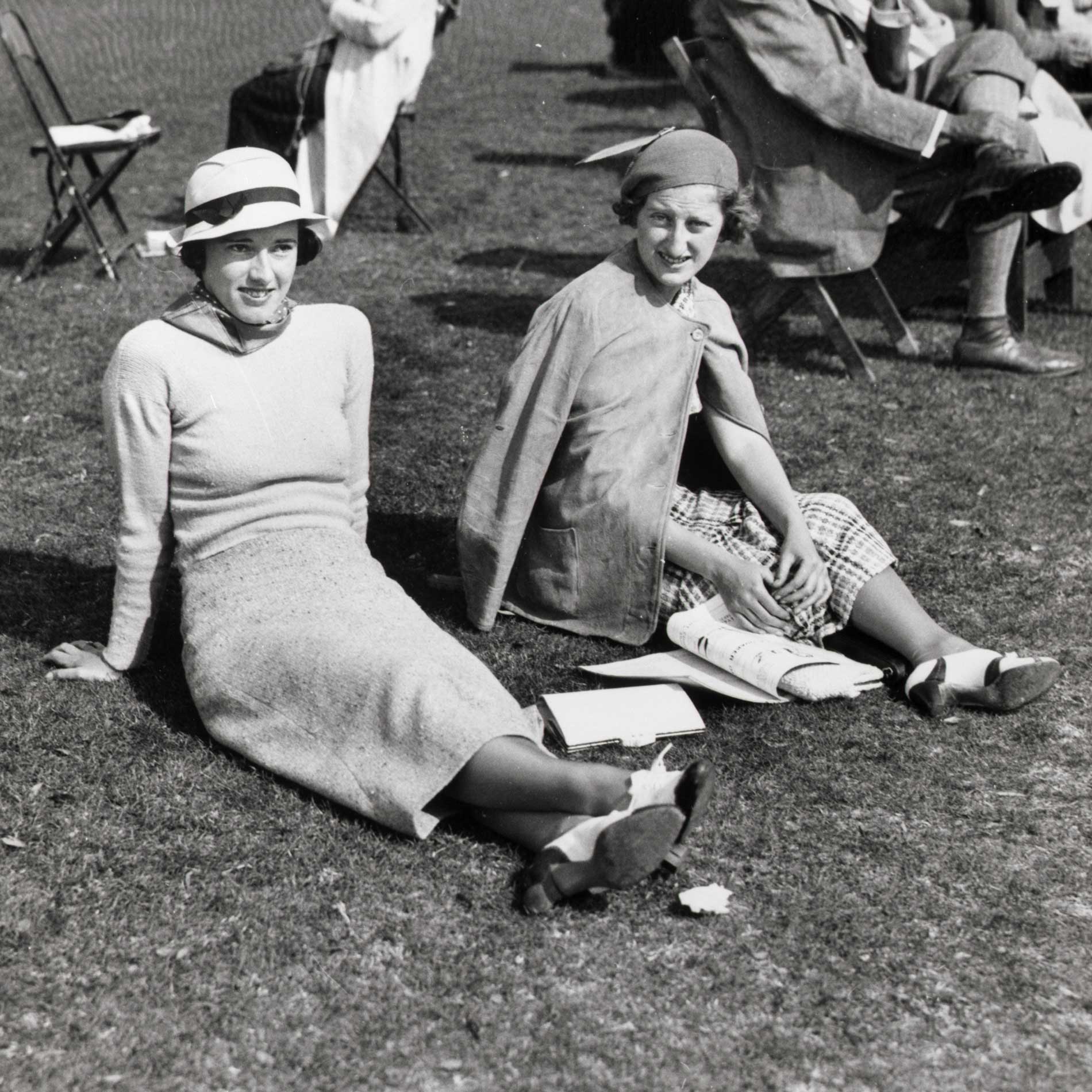
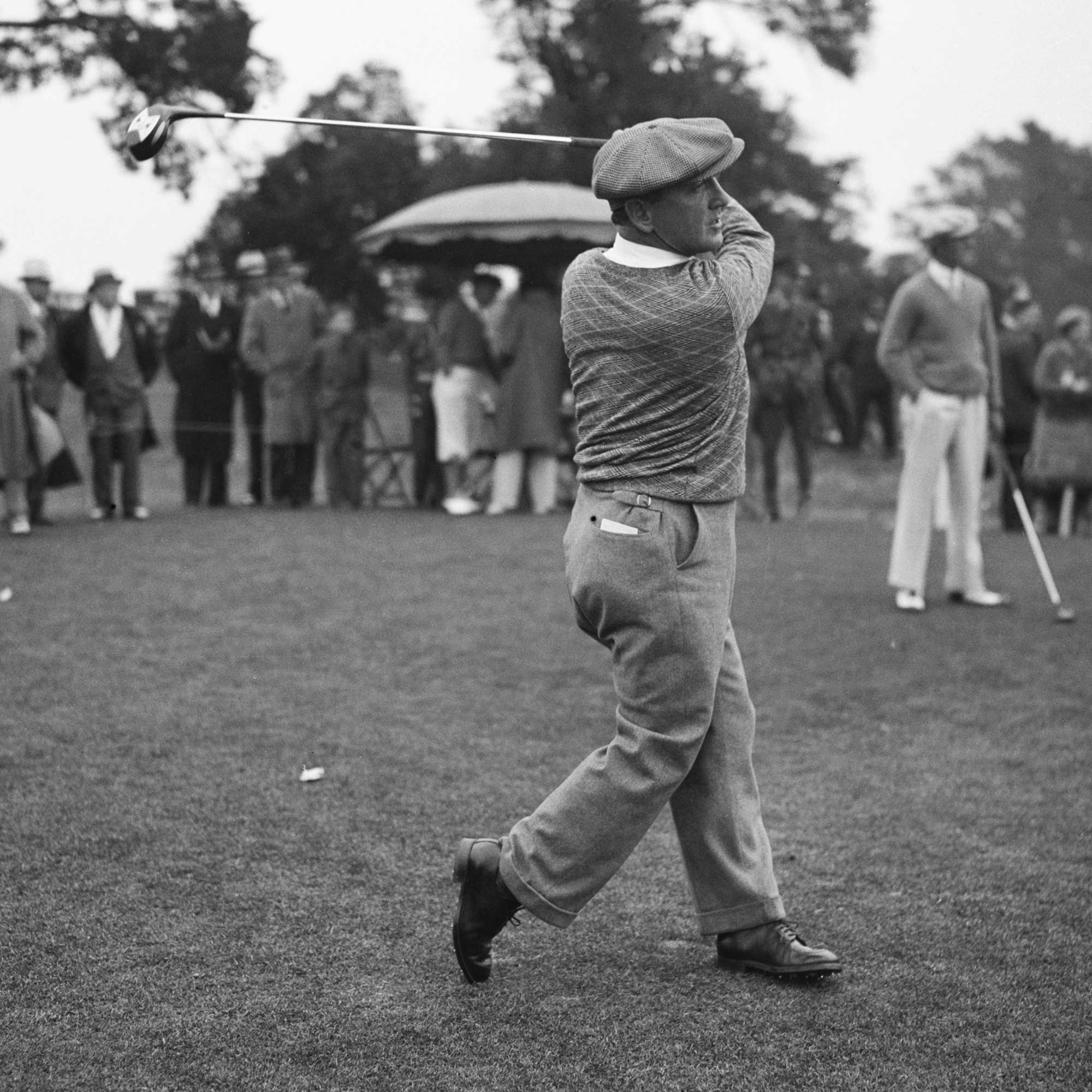
Roberts still tried for 20 years to sell home sites, even plotting a little subdivision where the Par-3 Course is now and offering to sell it. They ultimately only sold two lots and houses that were built behind No. 1 green. Roberts bought back the homes and made sure they were demolished before he committed suicide in 1977.
Plans by Central Park and Village of Pinehurst landscape architect Frederick Law Olmsted to design a community that would include bridle trails as well as squash and tennis courts and a second golf course never materialized. Neither did the plan to raze the concrete manor house that sat at the end of Magnolia Lane and erect a large stately Southern colonial-style mansion with large men’s and women’s locker rooms at each flank.
“Luckily, I guess, they ran out of money and didn’t tear the manor house down,” David Owen, who wrote The Making of the Masters: Clifford Roberts, Augusta National, and Golf’s Most Prestigious Tournament, said of the now iconic clubhouse. “They never built a second course or other amenities.”
All Augusta National had to promote itself was Bobby Jones and his golf tournament. But for the stubbornness of Roberts, even that would have failed.
“The Masters had an early beginning that was a struggle and a hard effort by some people to stay with it,” Morris says.
The crowd was hardly anything out at the National then. All the Augusta teens would hang around 16 and drink beer.
Those early Masters were more “Augusta” than “National,” and much less international. “The days we first went to it were mostly attended by Augusta people,” said Gene McGinty, 71, who grew up across the street from Magnolia Drive and could just walk up to the gate and buy tickets (or collect free ones from departing patrons) in the 1950s and 60s.
“The crowd was hardly anything out there at the National then. It was mainly local and hardly any from out of town would come in — more of a social event,” said 80-year-old native Augustan Don Herman, likening the Masters to what most regular Tour events are in their respective communities. “All the Augusta teens would hang around 16 and drink beer.”
The McGintys started getting four tickets in the 60s as the tournament started growing its Q-Rating via television. They tried to up their ante to 10 or 12 tickets at some point, but Augusta National decided that it was getting too popular and cut back their allotment to two tickets instead. McGinty’s 99-year-old mother, Sherry, still lives 200 yards from the club entrance to Magnolia Lane and is one of the few patrons to receive her two badges to attend in April.
From 1957-67 a group of local retailers started Masters Hospitality Week Inc. to try to capitalize on the new exposure of television and promote the tournament. Efforts included beauty pageants and a Tuesday parade that included the likes of Jones, Ben Hogan, Byron Nelson and other notable competitors riding in open convertibles waving at massive crowds lining downtown Augusta’s main drag.
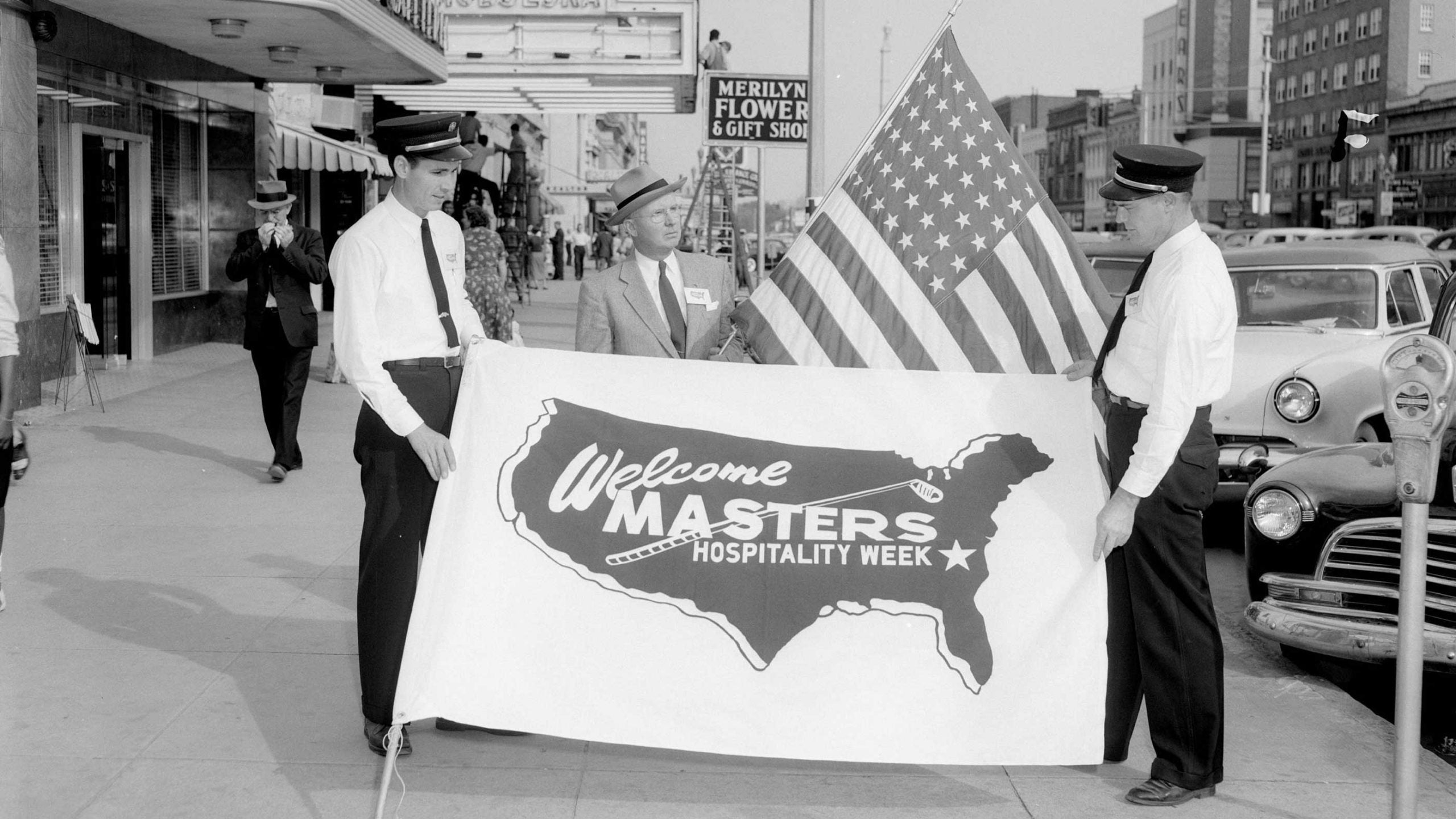
A tournament series ticket to the first Augusta National Invitation Tournament in 1934 cost $5.50. The tournament was only kept alive after WWII largely because the club still needed both the money and the exposure to attract members. In 1947, a series badge was $10 and was still only $12.50 by 1960 when the tournament finally had gained a real international foothold thanks to television and the Big Three era in full swing. The 1965 badge cost $15 for four days of golf, while a ticket for the first Super Bowl in 1967 was $12.
The price has steadily climbed since, but hardly at a rate of inflation compared to other major sports events — a patron’s series badge cost in 1970 ($20), 1975 ($30), 1980 ($48), 1985 ($75), 1990 ($90), 1995 ($100), 2005 ($175), 2010 ($200), 2015 ($325) and 2021 ($375).
The average cost of a ticket to the Super Bowl, on the other hand, had a slower start but more exponential acceleration — 1970 ($15), 1975 ($20), 1980 ($30), 1985 ($60), 1990 ($125), 1995 ($200), 2000 ($325), 2005 ($600), 2010 ($1,000), 2015 ($1,750) and 2019 ($2,000). Face value for the limited tickets available to Super Bowl LV in February ranged from $950 in the upper-level corners to $3,600 in the prime lower-level seats.
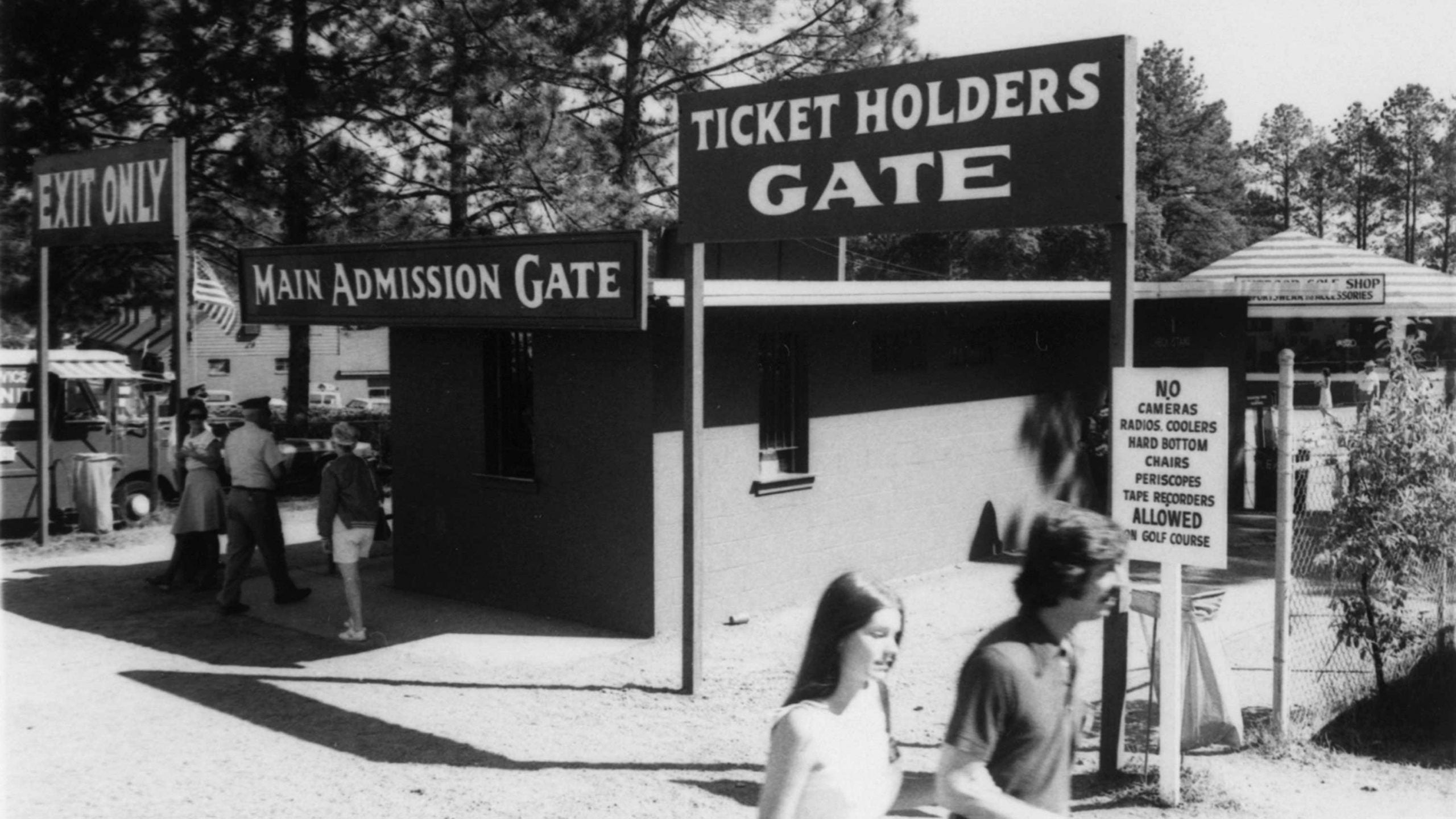

That 60s era of the Masters dominated by the televised exploits of Arnold Palmer, Jack Nicklaus and Gary Player changed everything, and promotional gimmicks were no longer necessary. Barbara Harris Sorkin, who was crowned Miss Golf at one of the last pre-Masters pageants, vividly recalls the golf course teeming with spectators and “Arnie’s Army.”
“I remember gangs of people that would follow Arnold Palmer — just herds of them,” she said. “I’d never seen anything like it.”
By 1972, Masters tickets had become so popular that the club started a waiting list to acquire patron badges. The list became so long that they closed it in 1978 and only briefly reopened it once in 2000 before closing it again. Now millions of golf fans across the world enter an online lottery to come see practice rounds and pay exorbitant rates to stay at local hotels.
The Masters has come a long way from soliciting door-to-door or begging people to buy tickets at the gate so they could pay the bills. These days, it takes good fortune — luck-wise and financially — to get inside the club’s gates.
